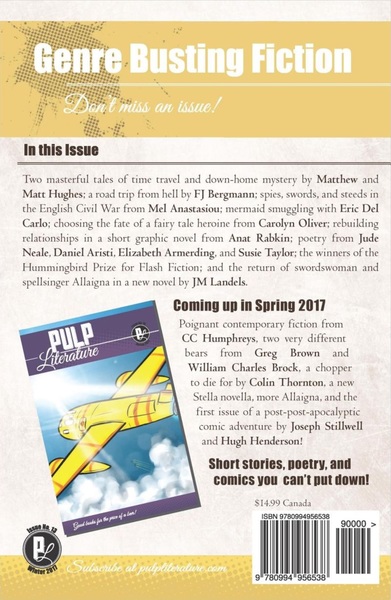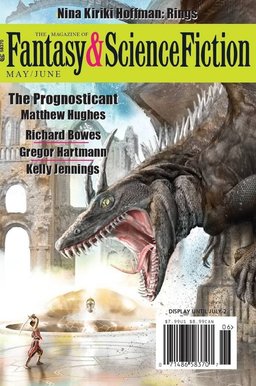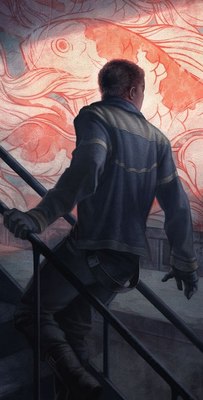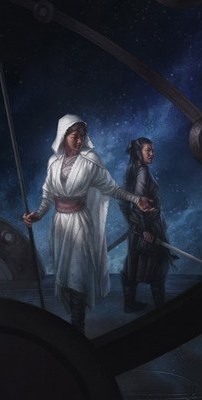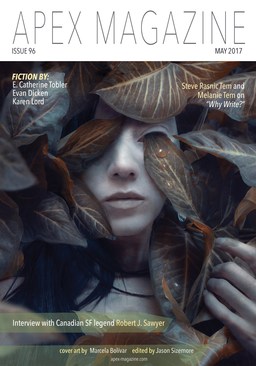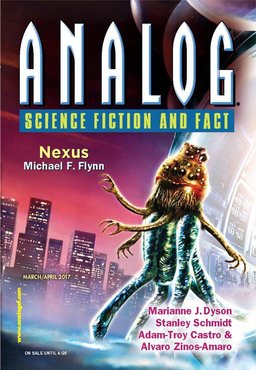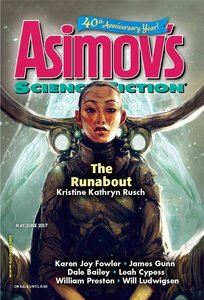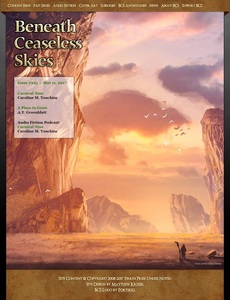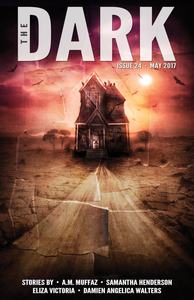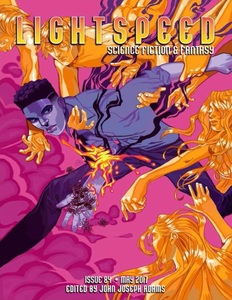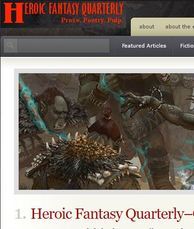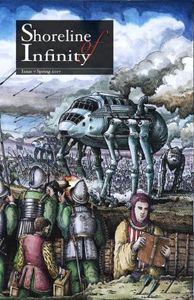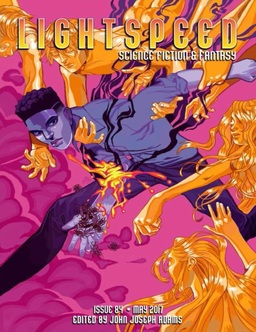Weirdbook 35 Now Available
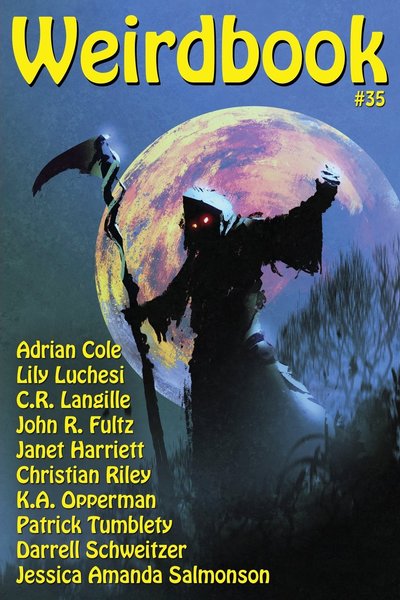 |
 |
Last issue, editor Douglas Draa shared the good news that Weirdbook would produce four issues this year — plus a themed annual. That seemed a little ambitious for a re-launched magazine still getting its sea legs… but the second issue of 2017 arrived right on schedule last month. Weirdbook has fast become one of the most reliable and energetic new fantasy magazines on the market, and with over 80,000 words of fiction (nearly 200 pages) crammed into every issue, its already one of the best values around. I predict great things for this magazine.
In his editorial, Doug reported that the themed issue this October will be dedicated to Witches. A fine choice. A glance at the TOC for this issue reveals a pair of names that will be familiar to Black Gate readers: Darrell Schweitzer (who published two pieces in the print edition of BG) and John R. Fultz, who contributed no less than four (including “When the Glimmer Faire Came to the City of the Lonely Eye,” which you can read in its entirety online as part of our Online Fiction Library.)
Here’s what John had to say about his newest story on his blog.

